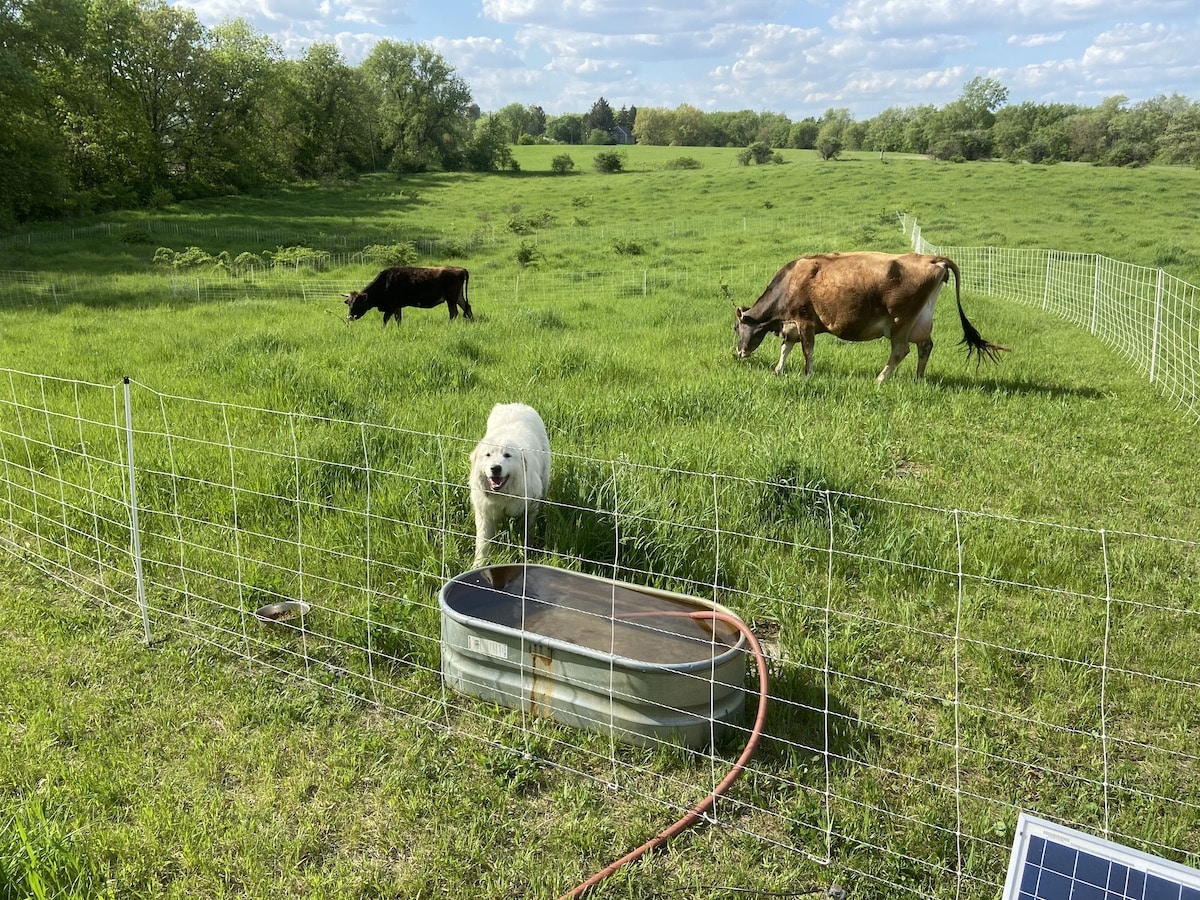Raising meat chickens on a 15-acre homestead is a rewarding endeavor that not only provides a sustainable source of protein but also contributes to self-sufficiency. Whether you’re new to homesteading or have some experience, this guide will walk you through everything you need to know about successfully raising meat chickens.
A 15-acre homestead offers plenty of space to create an environment where chickens can thrive. Not only do these birds provide meat, but they also play a crucial role in pest control and fertilization, enhancing the overall health of your homestead.

Why Choose Meat Chickens?
Meat chickens, also known as broilers, are specifically bred for their rapid growth and ability to produce tender meat. They are an excellent choice for homesteaders looking to maintain a steady supply of fresh, homegrown poultry.
Benefits of Raising Meat Chickens
- Cost-effective: Raising your own chickens can be more affordable than purchasing meat from the store.
- Quality Control: You control the feed and living conditions, ensuring healthier meat.
- Sustainability: Reduces reliance on mass-produced meat, decreasing your carbon footprint.
Planning Your Homestead for Chickens
Space Requirements
When planning to raise meat chickens, it’s essential to consider the space they will need. Ideally, each chicken should have at least 2-3 square feet of space indoors and 8-10 square feet in an outdoor run. This ensures they have enough room to move freely and stay healthy.
Choosing the Right Breed
There are several breeds of meat chickens to choose from, each with unique characteristics. Popular breeds include Cornish Cross and Red Ranger, both known for their rapid growth and excellent meat quality.
Setting Up the Coop
Coop Design
A well-designed coop is essential for the health and safety of your chickens. It should be predator-proof, well-ventilated, and easy to clean. Nesting boxes and roosting bars are also important features to include.
Bedding and Maintenance
Using the right bedding material, such as straw or wood shavings, helps keep the coop clean and minimizes odor. Regular maintenance, including cleaning and replacing bedding, is crucial for preventing disease.
Feeding and Nutrition
Choosing the Right Feed
Providing a balanced diet is essential for the growth and health of meat chickens. A high-protein feed formulated for broilers will support rapid growth. Supplements such as grit and oyster shell can aid in digestion and calcium intake.
Watering Systems
Chickens need constant access to clean water. Automatic watering systems can be a time-saving solution to ensure your flock stays hydrated.
Health and Welfare
Common Health Issues
Regular health checks are important to detect and address any issues early. Common problems include respiratory issues, parasites, and leg problems. Ensuring a clean environment and proper nutrition can prevent many of these issues.
Vaccinations and Biosecurity
Vaccinations can protect against common diseases. Practicing good biosecurity, such as limiting visitor access and quarantining new birds, helps prevent disease spread.
Harvesting and Processing
When to Harvest
Most meat chickens are ready for processing at 6-8 weeks old. This timing ensures tender meat and optimal weight.
Processing Your Chickens
Processing can be done on-site or at a local facility. Understanding the steps involved, including humane slaughter and proper evisceration, is important for quality and safety. For more detailed guidance, check out our guide on butchering on the homestead.
Integrating Chickens into the Homestead
Pest Control Benefits
Chickens are excellent at controlling pests, eating insects that could harm your garden. This natural method reduces the need for chemical pesticides. For more on this, visit our page on integrated pest management.
Fertilization and Soil Health
Chicken manure is a rich source of nutrients for your soil. Composting it properly can greatly enhance soil fertility. Learn more about enhancing your garden with mulching techniques.
Economic and Insurance Considerations
Cost Analysis
Understanding the costs involved, from purchasing chicks to feed expenses, helps in budgeting. Raising chickens can be cost-effective compared to buying meat.
Insurance for Your Homestead
Consider insurance to protect your investment. It can cover losses from natural disasters or theft. For details, check our guide on insurance for your homestead.
Community and Resources
Joining Local Groups
Connecting with other homesteaders can provide valuable support and knowledge sharing. Look for local farming groups or online forums.
Educational Resources
Many resources are available for those new to raising meat chickens. Books, online courses, and podcasts, like those found on Joe Gardener’s podcast, can enhance your understanding and skills.
Conclusion
Raising meat chickens on a 15-acre homestead is a fulfilling venture that contributes to sustainable living and food security. With careful planning and management, you can enjoy the benefits of fresh, homegrown meat while enhancing your homestead’s ecosystem.

FAQs
What breed of chickens is best for meat production?
Cornish Cross and Red Ranger are popular choices due to their rapid growth and excellent meat quality.
How much space do meat chickens need?
Each chicken should have at least 2-3 square feet indoors and 8-10 square feet outdoors.
What is the average cost of raising meat chickens?
Costs vary, but raising your own chickens is often more economical than purchasing meat from the store. Expenses include feed, housing, and processing.





